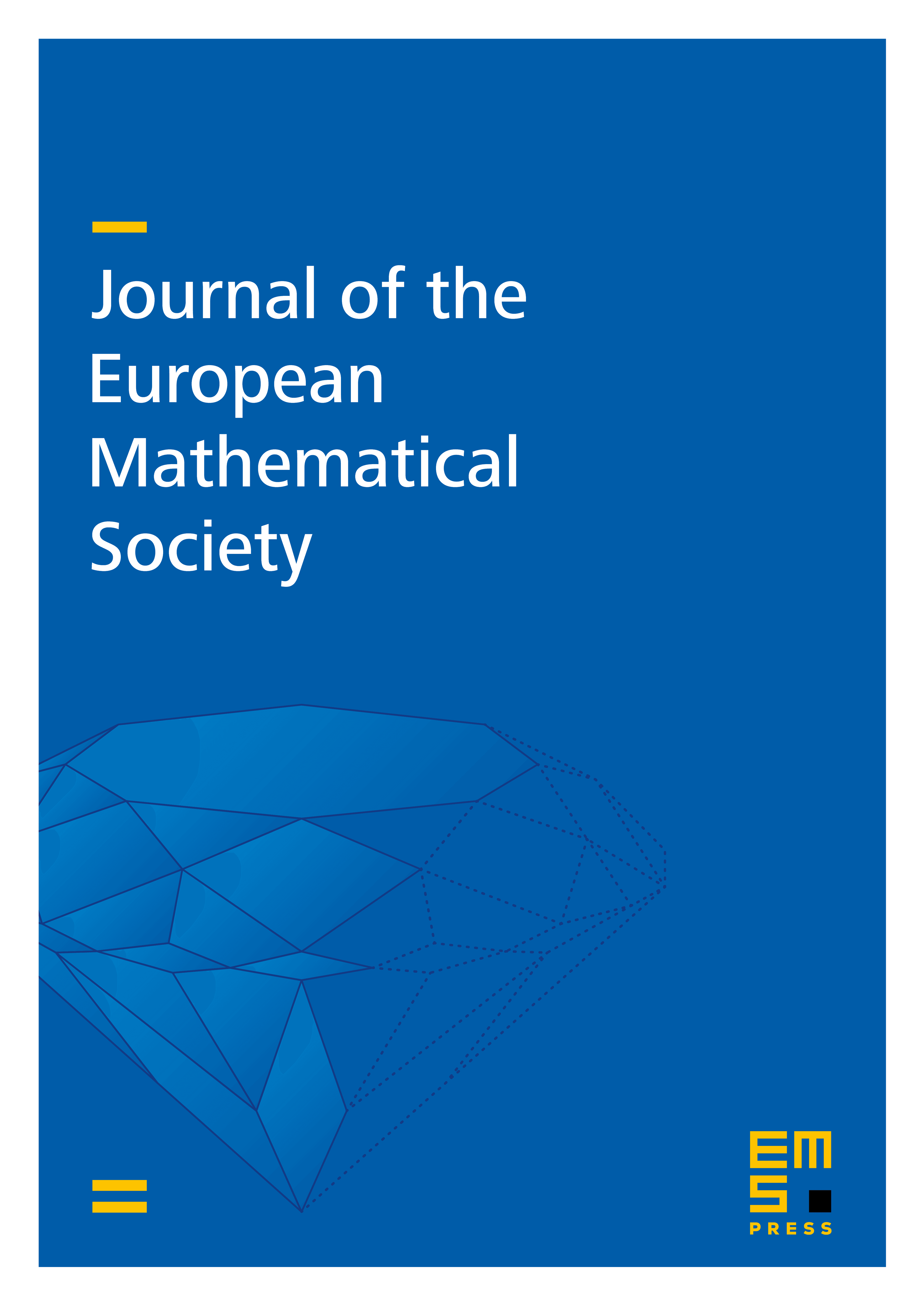The effective reproduction number: Convexity, concavity and invariance
Jean-François Delmas
École des Ponts ParisTech, Marne-la-Vallée, FranceDylan Dronnier
École des Ponts ParisTech, Marne-la-Vallée, FrancePierre-André Zitt
Université Gustave Eiffel, Marne-la-Vallée, France

Abstract
Motivated by the question of optimal vaccine allocation strategies in heterogeneous population for epidemic models, we study various properties of the effective reproduction number. In the simplest case, given a fixed non-negative matrix , this corresponds mathematically to the study of the spectral radius of the matrix product , as a function of . The matrix and the vector can be interpreted as a next-generation operator and a vaccination strategy. This can be generalized in an infinite-dimensional case where the matrix is replaced by a positive integral compact operator, which is composed with a multiplication by a non-negative function . We give sufficient conditions for the function to be convex or a concave. Eventually, we provide equivalence properties on models which ensure that the function is unchanged.
Cite this article
Jean-François Delmas, Dylan Dronnier, Pierre-André Zitt, The effective reproduction number: Convexity, concavity and invariance. J. Eur. Math. Soc. 27 (2025), no. 8, pp. 3249–3274
DOI 10.4171/JEMS/1431